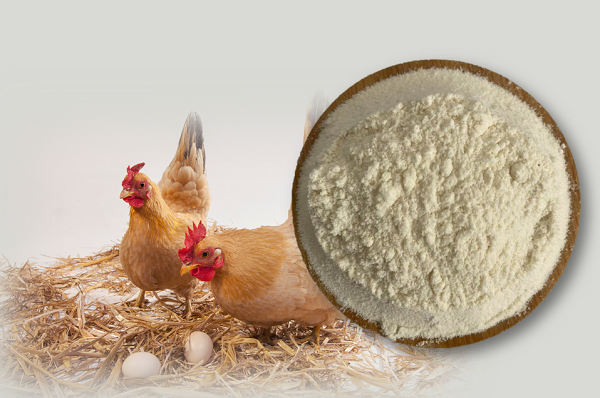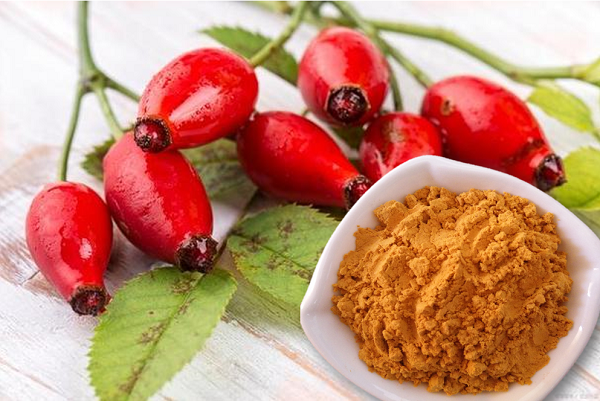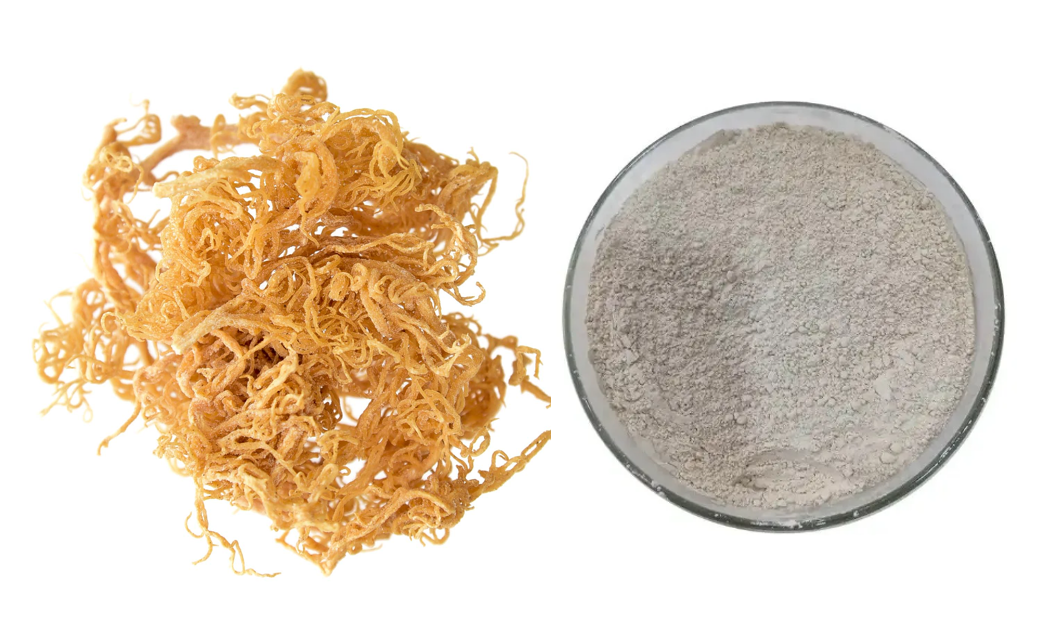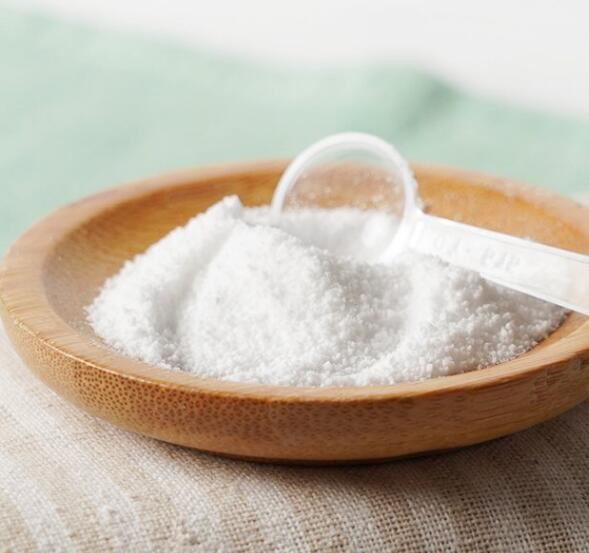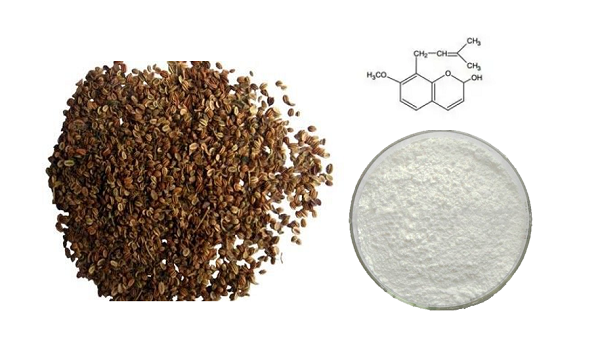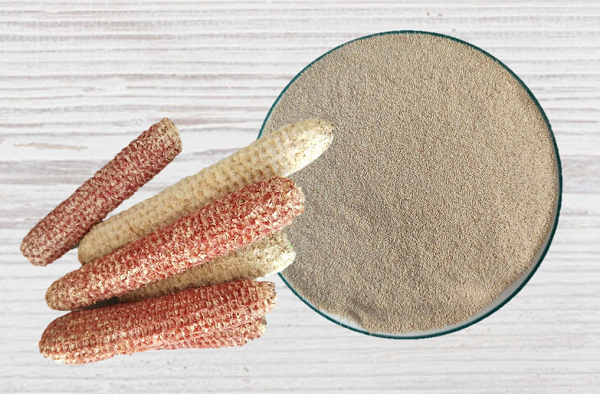Follow Us:
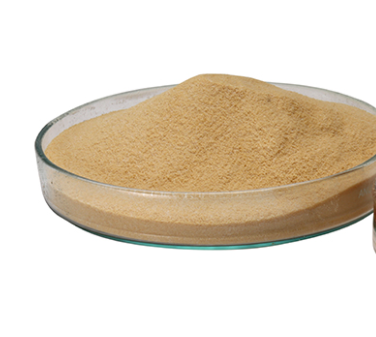
What Is Amylase Enzyme
What is amylase enzyme
Amylase is a digestive enzyme predominantly secreted by the pancreas and salivary glands and found in other tissues in very small levels[1]. Amylase was first described in the early 1800s and is considered one of the first enzymes in history to be scientifically investigated. It was initially termed as diastaste but was later renamed amylase in the early 20th century.
Amylases’ main function is to hydrolyze the glycosidic bonds in starch molecules, converting complex carbohydrates to simple sugars. There are three main classes of amylase enzymes; Alpha-, beta- and gamma-amylase, and each act on different parts of the carbohydrate molecule. Alpha-amylase can be found in humans, animals, plants, and microbes. Beta-amylase is found in microbes and plants. Gamma-amylase is found in animals and plants. This article will focus on alpha-amylase and its applications.
In 1908, a study by Wohlgemuth identified the presence of amylase in urine, and this subsequently led to the use of amylase as a diagnostic laboratory test. Amylase is a commonly ordered test along with lipase, especially in the setting of suspected acute pancreatitis.
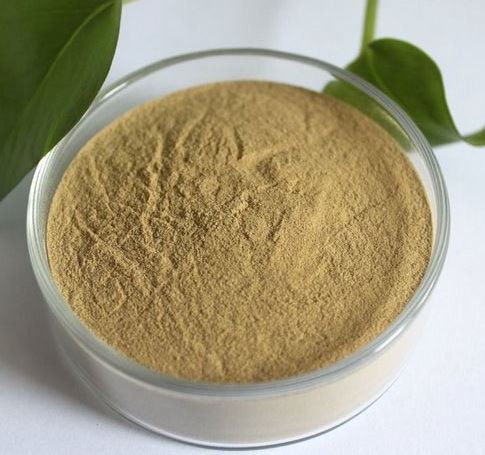
What is amylase enzyme used for
Amylases are one of the main enzymes used in industry. Such enzymes hydrolyze the starch molecules into polymers composed of glucose units. Amylases have potential application in a wide number of industrial processes such as food, fermentation and pharmaceutical industries. α-Amylases can be obtained from plants, animals and microorganisms. However, enzymes from fungal and bacterial sources have dominated applications in industrial sectors. The production of α-amylase is essential for conversion of starches into oligosaccharides. Starch is an important constituent of the human diet and is a major storage product of many economically important crops such as wheat, rice, maize, tapioca, and potato.
Starch-converting enzymes are used in the production of maltodextrin, modified starches, or glucose and fructose syrups. A large number of microbial α-amylases has applications in different industrial sectors such as food, textile, paper and detergent industries. The production of α-amylases has generally been carried out using submerged fermentation, but solid state fermentation systems appear as a promising technology. The properties of each α-amylase such as thermostability, pH profile, pH stability, and Ca-independency are important in the development of fermentation process. This review focuses on the production of bacterial and fungal α-amylases, their distribution, structural-functional aspects, physical and chemical parameters, and the use of these enzymes in industrial applications.
Amylase is a hydrolytic enzyme that breaks down starch into dextrins and sugars. It’s made up of a family of starch-degrading enzymes that include:
What is amylase enzyme made of
Alpha-amylase
Beta-amylase
Amyloglucosidase or glucoamylase
Pullulanase
Maltogenic amylase
Amylases can work at the same time in perfect synergy. They are key ingredients that extend the shelf-life of bread, working as fermentation improvers.
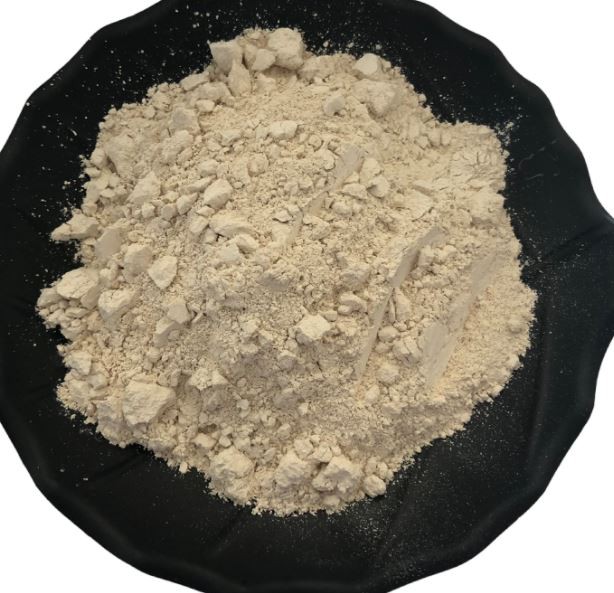
What is alpha amylase enzyme
Alpha-amylase, (α-amylase) is an enzyme EC 3.2.1.1 that hydrolyses alpha bonds of large, alpha-linked polysaccharides, such as starch and glycogen, yielding shorter chains thereof, dextrins, and maltose. It is the major form of amylase found in humans and other mammals. It is also present in seeds containing starch as a food reserve, and is secreted by many fungi. It is a member of glycoside hydrolase family 13.
What does amylase enzyme do
Amylase is a digestive enzyme that acts on starch in food, breaking it down into smaller carbohydrate molecules. The enzyme is made in two places. First, salivary glands in your mouth make salivary amylase, which begins the digestive process by breaking down starch when you chew your food, converting it into maltose, a smaller carbohydrate. When starchy foods like rice or potatoes begin to break down in your mouth, you might detect a slightly sweet taste as maltose is released. Cells in your pancreas make another type of amylase, called pancreatic amylase, which passes through a duct to reach your small intestine. Pancreatic amylase completes digestion of carbohydrate, producing glucose, a small molecule that is absorbed into your blood and carried throughout your body.
How does amylase break down strarch
Salivary amylase is a glucose-polymer cleavage enzyme that is produced by the salivary glands. It comprises a small portion of the total amylase excreted, which is mostly made by the pancreas. Amylases digest starch into smaller molecules, ultimately yielding maltose, which in turn is cleaved into two glucose molecules by maltase. Starch comprises a significant portion of the typical human diet for most nationalities. Given that salivary amylase is such a small portion of total amylase, it is unclear why it exists and whether it conveys an evolutionary advantage when ingesting starch. This review will consider the impact of salivary amylase on oral perception, nutrient signaling, anticipatory metabolic reflexes, blood sugar, and its clinical implications for preventing metabolic syndrome and obesity.
For bulk amylase enzyme, please contact us at email:info@greenagribio.com
References:https://www.ncbi.nlm.nih.gov/books/NBK557738/
https://pubmed.ncbi.nlm.nih.gov/24031565/
https://en.wikipedia.org/wiki/Alpha-amylase
https://healthyeating.sfgate.com/functions-amylase-protease-lipase-digestive-enzymes-3325.html













